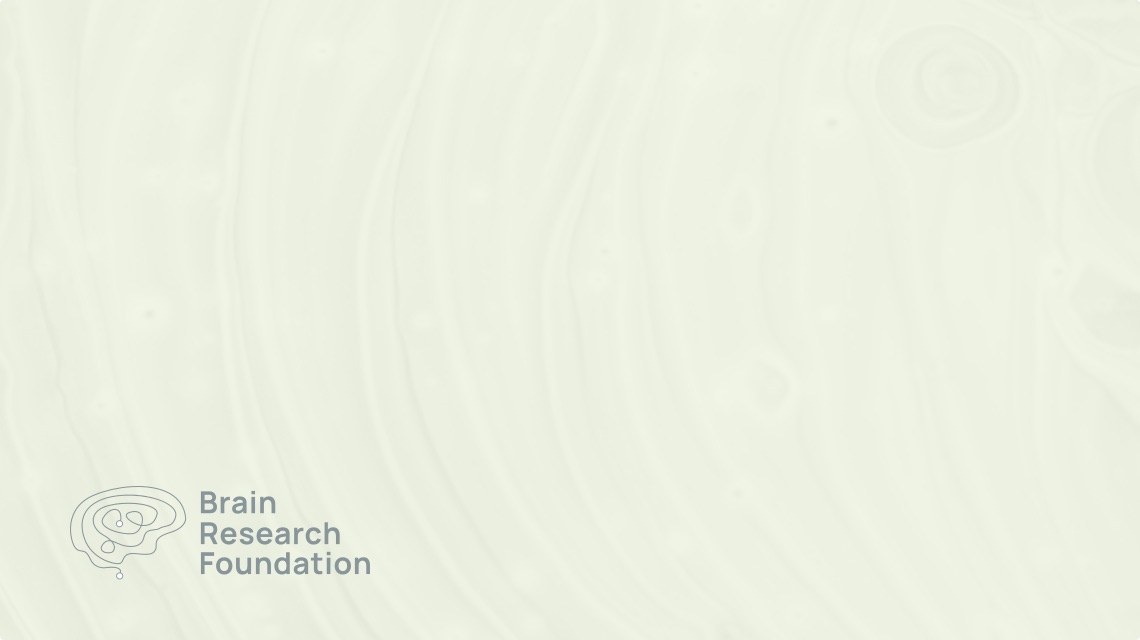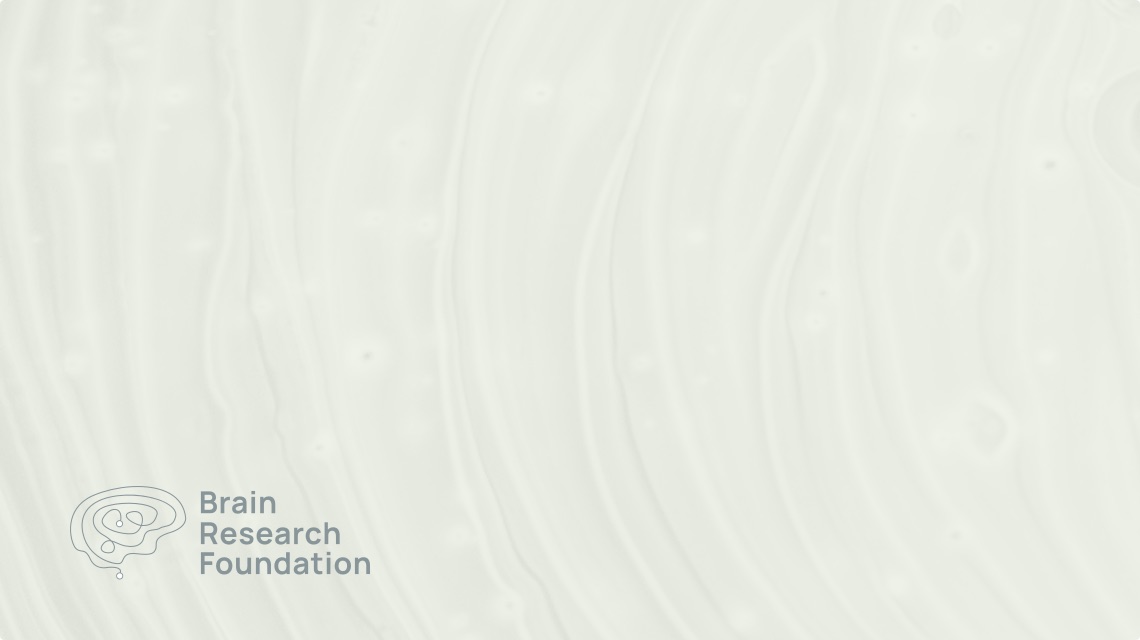2024 Seed Grant
Vineet Augustine, Ph.D.
University of California, San Diego
Our hearts and brains are closely connected, constantly influencing each other and affecting our overall health. Heart attacks, also called myocardial infarctions (MI), are still the leading cause of death despite years of research. In this proposal, I suggest a completely new way to study the connection between the heart and brain by looking at MI as a nervous system disorder.
I suggest the heart acts like a sensory organ, continuously sending signals to the brain, similar to how our other senses work. These signals provide important information about the heart’s condition, such as damage or low oxygen levels. However, we don’t fully understand the sensory neurons that transfer information from the heart to the brain and how the brain processes this information.
To address this gap, I propose using naked mole rats (NMRs) as model organisms for our research. NMRs have unique heart features that make them resistant to low oxygen conditions, making them excellent models for studying heart conditions like MI. On the other hand, mice, like humans, are very susceptible to MI. By comparing the hearts and brains of NMRs and mice using advanced techniques, such as tissue clearing, single-cell transcriptomics, and brain-wide neural recordings, we can better understand how these animals respond to MI.
Through this research, I hope to uncover new insights into how the nervous system affects heart health and vice versa, ultimately leading to better ways to prevent and treat heart attacks in humans.


